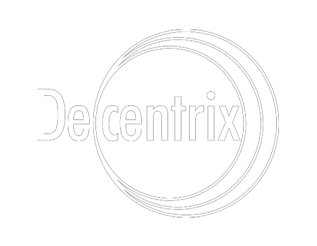BIAnalytix is best thought of as a fully functioning set of applications for a working data warehouse that can be rapidly deployed and is "open" to allow modification and enhancement as the organizational needs evolve.
It is intended to liberate the data from closed operational systems and deploy rapid analysis and reporting across the total enterprise. It is not a BI toolset that allows an IT department to build a data warehouse from the ground up for a media or advertising corporation (products such as Cognos, Hyperion or Business Objects).
BIAnalytix is constructed in Modules that specifically extract data from working operational systems within the organization and ingest that data into an enterprise purpose built media data warehouse. These Modules may be very different across various sectors of media and advertising businesses and consequently these Modules may be implemented as building blocks across operational departments that can grow to a total enterprise wide data warehouse solution.
The various Modules that are available are outlined in more detail under Solutions, however in summary they address all traditional and emerging media and advertising business models.
Media Data Sources
Cable, MSO, Satellite, Telco IPTV
- Traffic and Billing
- Accounts Receivable
- Audience Analysis
- Web Sites
- Proposals
- Interactive TV
- Subscriber Billing
- Equipment Analysis
- Service Jobs
- Channel Viewing
Broadcast Television Stations, Radio Stations and Networks
- Traffic
- Proposals
- Audience Analysis
- CRM
- Accounts Receivable
- Program Amortization
- Radio Affiliates
Cable Networks
- Traffic
- Proposals
- Audience Analysis
- CRM
- Accounts Receivable
- Program Amortization
Advertising Agencies
- Campaign Planning
- Linear Audience Data
- Website Bookings and Ad Server Tracking
- Linear Media Bookings
- Print Bookings
- GEO Mapping
- Accounts Receivable
Print Display & Magazines
- Traffic
- Proposals
- CRM
- Accounts Receivable
The challenge is that the data that needs to be integrated in the data warehouse is contained in variety of applications and operational systems, and consequently in a variety of different data formats. Sales systems may describe a customer with a different ID from the advertising scheduling system which may be different from the accounting system. Advertising audit data may identify the described spots differently from the trafficking system.
To address the problem, Decentrix has created METL™ the extract, transform and load (ETL) component which has been specifically designed to address the disparities that occur in media and advertising data. The METL™ reads data from the various sources, cleansing it and reformatting it uniformly, and then writing it to the target data warehouse for analysis.
The data used in the METL™ process can come from any media application or system. It may be from an accounting system, a traffic system, media buying system, program management, sales proposal system, sales pacing system, IPTV streaming data, audience survey data, as-run audit data, web logs, PPC and banner click-thrus and many more potential sources.
In summary, Decentrix provides the METL™ component to extract and transform these media/advertising/web data sources into a uniform repository that can be effectively analyzed.
That repository is the BIAnalytix media data warehouse – called MStar™. MStar™ is designed to be a rich enterprise media data warehouse capable of ingesting these diverse systems and storing the data with fine granular integrity.
The extensive data contained in the MStar™ repository is then summarized and transferred to the OLAP cube component MCube™ to manage the millions of media data cube subtotals that make up the fundamental elements of the business analysis. These extensive analysis elements are then available for report analysis across the corporation. The next phase of the process is the portal deployment to users.
Mport™ is that portal distribution platform. In MPort™ there are analysis presentation and portal tools that facilitate the creation of scorecards, dashboards, reports and visualization in graphs, charts and maps. These tools are also used to customize the analysis layout for various job roles and responsibilities within the corporation.
Today the options for report and analysis and distribution in MPort™ are extensive including spreadsheet, graphic and mobile tools. See BIAnalytix Architecture for more details.
